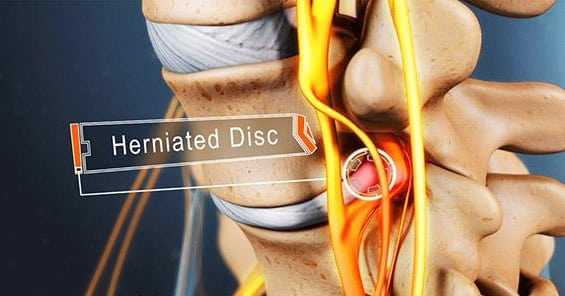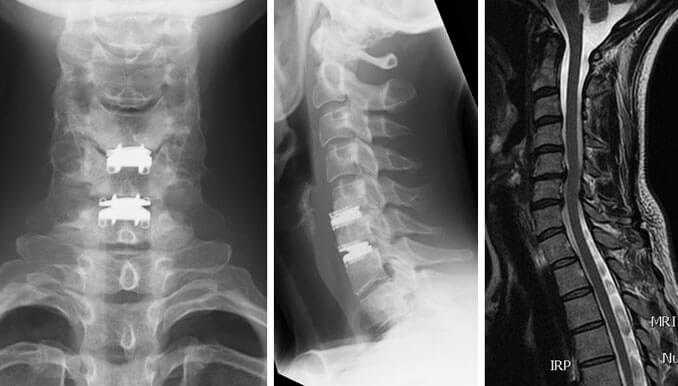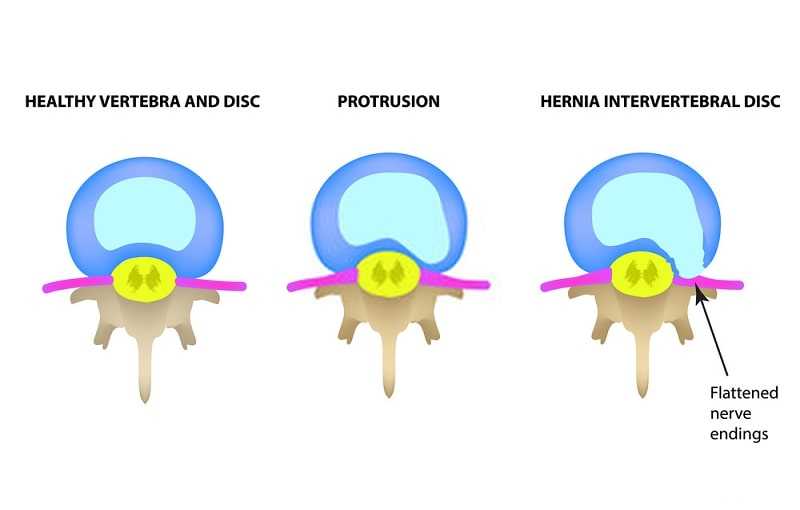Herniated Disc – XStop and TLIF

X-Stop back surgery is not usually recommended for those with a herniated disc as it does not directly address the problem, rather, it can help to prevent disc herniation. The X-Stop may be helpful in conditions where herniation is likely to develop, in order to provide a minimally invasive, low risk surgical procedure that could delay the need for other, more extensive surgery for those with spinal stenosis. The X-Stop is a device which is inserted between the spinous process on the very back of the spine in order to maintain intervertebral height. Patients who experience relief from sciatica and other nerve issues when bending forward are likely to feel the same kind of relief from the X-Stop when standing or walking as well. Satisfaction is generally very high for this procedure, which is short, quick to recover from, and rarely leads to complication. For those with existing disc herniation it is, however, unlikely to provide benefit.
Transforaminal Lumbar Interbody Fusion (TLIF)
Transforaminal Lumbar Interbody Fusion (TLIF) may be carried out to address a herniated disc in the lumbar spine. This surgery removes the facet joint on one side of the vertebrae where the stenosis exists and this allows the surgeon access to remove the herniated disc. A bone graft, (either an allograft or autograft) is inserted to facilitate fusion, and pedicle screws and rods are used to connect the two, or more, vertebrae at the back. TLIF forms a fusion between the anterior and posterior of the spine using only a posterior lateral approach, making this a preferred back surgery for many in contrast to operations requiring both an anterior and posterior approach or more invasive access from both sides of the posterior spine (PLIF).
Patients who are considering back surgery for a herniated disc should discuss their condition with their physician in order to ascertain the options available to them. Ensuring that applicable guidelines are followed prior and post surgery will optimize recovery and reduce complication. It is particularly important if undergoing any kind of fusion, such as TLIF or laminectomy with fusion, to cease smoking prior to surgery, and to follow the general advice of remaining hydrated and well-nourished both before and after the operation, and avoiding bending and stretching activities for the recommended time period after the procedure. Patients will usually be referred to a physical therapist to promote recovery and take preventative steps to avoid failed back surgery syndrome or other complications. Around 85-90% of patients undergoing discectomy achieve resolution of their symptoms, with pain often dissipating fairly rapidly, and numbness and weakness taking a little longer to resolve.





